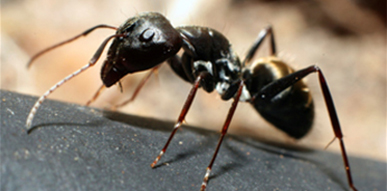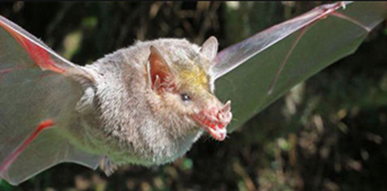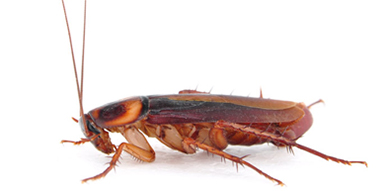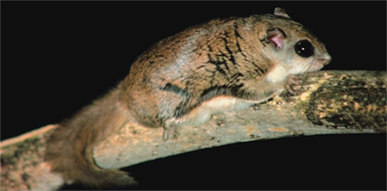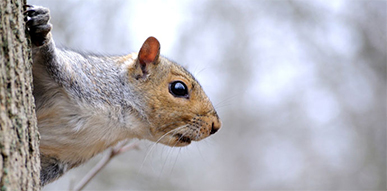Anyone that has experienced an ant infestation knows how difficult the insect can be to control. They not only monopolize your lawn destroying your manicured grass and continuously nip your heels, but ants are infamous for invading the kitchen while you are preparing dinner or even corralling around your family pets’ eating bowls. Clearly, ants are an annoying issue for many people, affecting everyday life activities. The following is general information concerning the biology and behavior of ants:
- Colonies can be very large ranging from a few thousand to millions. Ants have a very keen sense of survival; therefore, they can move their colony very quickly if they sense danger.
- People question how ants know to follow each other single file in lines? Well, ants leave a pheromone trail for other ants to follow so they know where the food or water source is located.
- How do ants get into my house? Ants can access your home through cracks in concrete, under doorways, through window frames, weathered caulk, and through plumbing penetrations, etc.
- Ants can nest anywhere from wall voids, to the yard, in aged wood, to underneath a home’s foundation.
- People often wonder why they cannot eliminate ants. Many claim they have tried every product available at the store. Well, the items one purchases at the store are not manufactured to penetrate to the core of the problem. The products are made to merely kill the ants that are visible. Therefore, one may attempt to treat the issue with a product from the store and then find the ants return to the same “treated” location and/or perhaps in a different place because the ants have moved their colony.
- Ant colonies have multiple classes of ants within the colony. Only a few of the classes leave the colony for food. Therefore, in order to ensure that the infestation is controlled, one must use a product that the ants will retrieve and carry to the colony.


